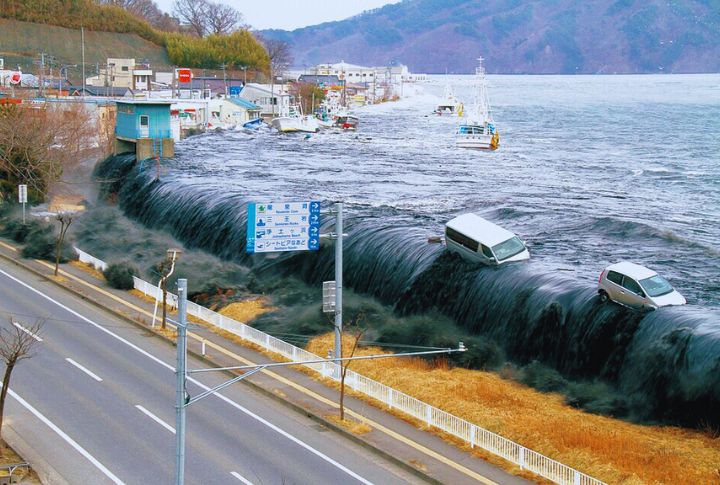
Japan’s northern coast was rocked by a powerful earthquake on Sunday evening, sending residents scrambling for safety as authorities issued tsunami advisories. The 6.9 magnitude temblor struck off the coast of Iwate prefecture at exactly 5:03 p.m. local time, according to the Japan Meteorological Agency (JMA).
Northern Coast Hit By Powerful Quake
With a relatively shallow depth of about 10 miles (16 kilometers), the quake was felt strongly across northeastern Japan and even on Hokkaido, the country’s northernmost major island. Within minutes of the earthquake, the JMA sprang into action, issuing tsunami advisories for coastal regions.
Initial warnings indicated potential waves of up to 1 meter (3 feet), but authorities later cautioned the water could reach as high as 3 meters (9 feet) in some vulnerable locations. Residents in coastal areas received emergency alerts on their phones, with clear instructions to move to higher ground immediately.
The first tsunami waves were detected shortly after, with measurements of about 10 centimeters (4 inches) recorded at Ofunato city, Ominato port, Miyako, and Kamaishi, all in Iwate Prefecture. The waves gradually increased, with some areas, such as Kuji and Ofunato ports, reporting tsunami heights of up to 20 centimeters (8 inches).
Infrastructure Impact And Emergency Response
Despite the quake’s significant magnitude, there were no immediate reports of injuries or huge structural damage in the hours following the event. The two nuclear power plants in the affected area reported no abnormalities—a critical concern given the region’s history with nuclear incidents.
The earthquake did cause some infrastructure disruptions. Temporary power outages were reported across parts of northern Japan. The East Japan Railway Company reported that bullet trains temporarily lost power, causing delays as operations were suspended between Sendai and Shin-Aomori train stations.
These high-speed trains are equipped with sophisticated safety systems that automatically halt operations during seismic events.
Japanese Prime Minister Sanae Takaichi took to social media shortly after the earthquake, urging people to move away from coastal areas and remain vigilant for potential aftershocks and additional tsunami waves. Emergency services were placed on high alert, with rescue teams standing by to assist affected communities.
Ongoing Risks And Historical Context
After approximately three hours of monitoring, officials from the JMA lifted the tsunami advisory. However, during a late Sunday press conference, meteorological experts warned the region remains at elevated risk for strong earthquakes for about a week, with particular concern for the next two to three days.
This region of Japan is no stranger to seismic activity. Northeastern Japan sits on the Pacific “ring of fire” and is notably prone to earthquakes. The area still lives with the memory of the devastating triple disaster in March 2011, when a massive earthquake triggered a tsunami and nuclear meltdown at Fukushima Daiichi nuclear power station, just south of Iwate. That catastrophe claimed nearly 20,000 lives.
According to JMA officials, there’s nothing specifically connecting Sunday’s earthquake to the 2011 disaster, other than the region’s general vulnerability to major seismic events. They noted another significant earthquake struck the area in 1992, highlighting the long-term geological activity in the region.
As aftershocks continue to be recorded across Iwate Prefecture, residents remain on alert, a practiced vigilance born from living in one of the world’s most earthquake-prone countries.

